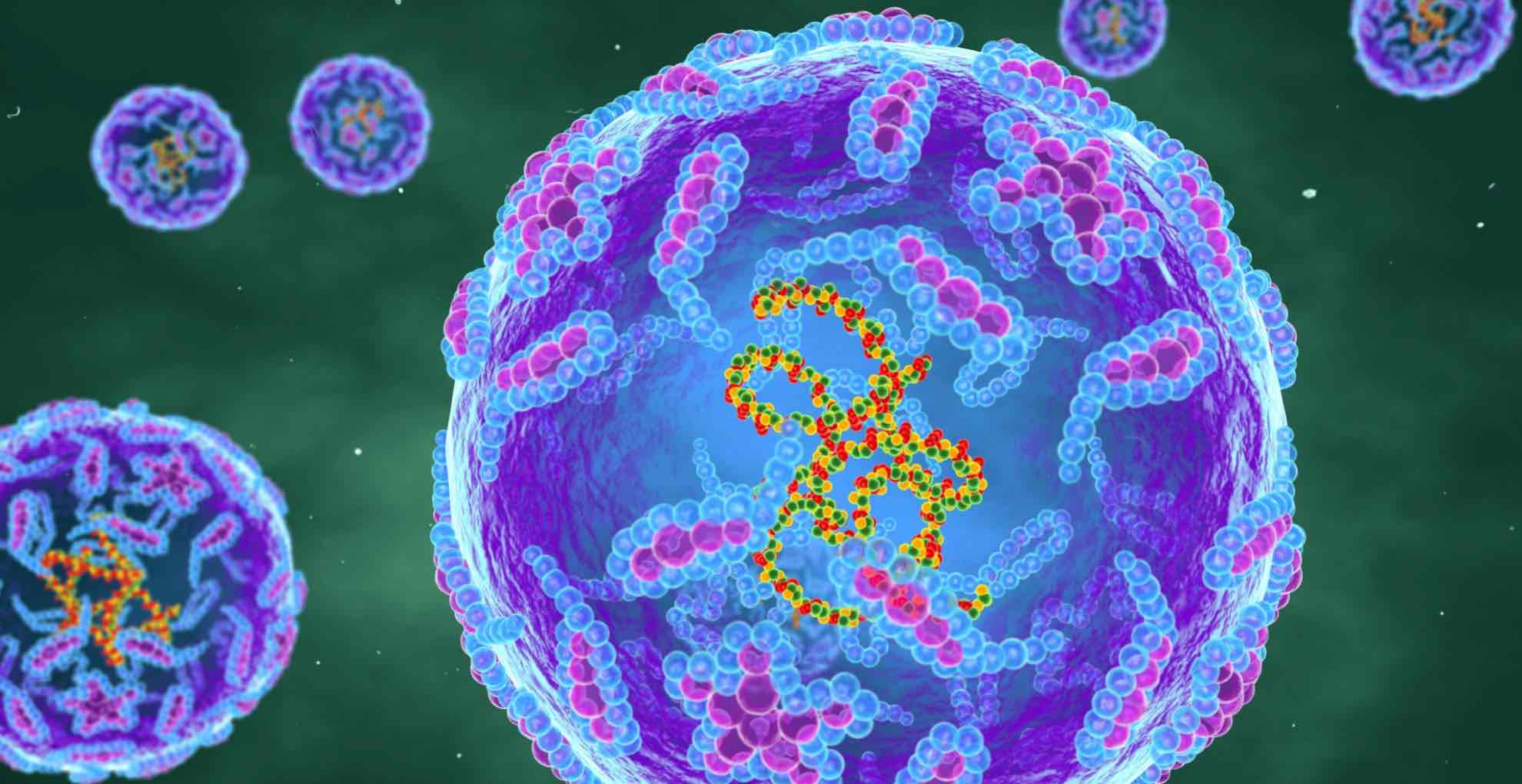Robin Fields in Undark:
 In the U.S., public health agencies generally don’t test sewage for polio. Instead, they wait for people to show up sick in doctor’s offices or hospitals — a reactive strategy that can give this stealthy virus more time to circulate silently through the community before it is detected.
In the U.S., public health agencies generally don’t test sewage for polio. Instead, they wait for people to show up sick in doctor’s offices or hospitals — a reactive strategy that can give this stealthy virus more time to circulate silently through the community before it is detected.
In New York, the first sign of trouble surfaced when a young man in Rockland County sought medical treatment for weakness and paralysis in June. By the time tests confirmed he had polio, nearly a month had passed.
Because the majority of polio infections cause no symptoms, by the time there’s a case of paralysis, 100 to 1,000 infections may have occurred, said Dr. Yvonne Maldonado, a professor of pediatrics at the Stanford School of Medicine who chairs the American Academy of Pediatrics’ committee on infectious diseases.
“You’re already chasing your tail if you’re going to wait for a case to show up,” she said.
More here.
